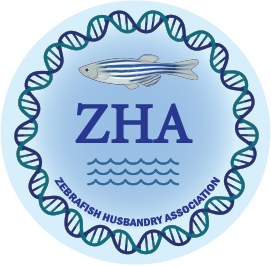Our Mission
The Zebrafish Husbandry Association is a non-profit organization devoted to promoting and developing zebrafish husbandry standards through education, collaboration, and publication.
Our Work

Education
The ZHA promotes the advancement of the field of laboratory zebrafish husbandry through continual learning.

Publication
The ZHA regularly circulates the STRIPES newsletters and highlights journal articles directly to our members.

